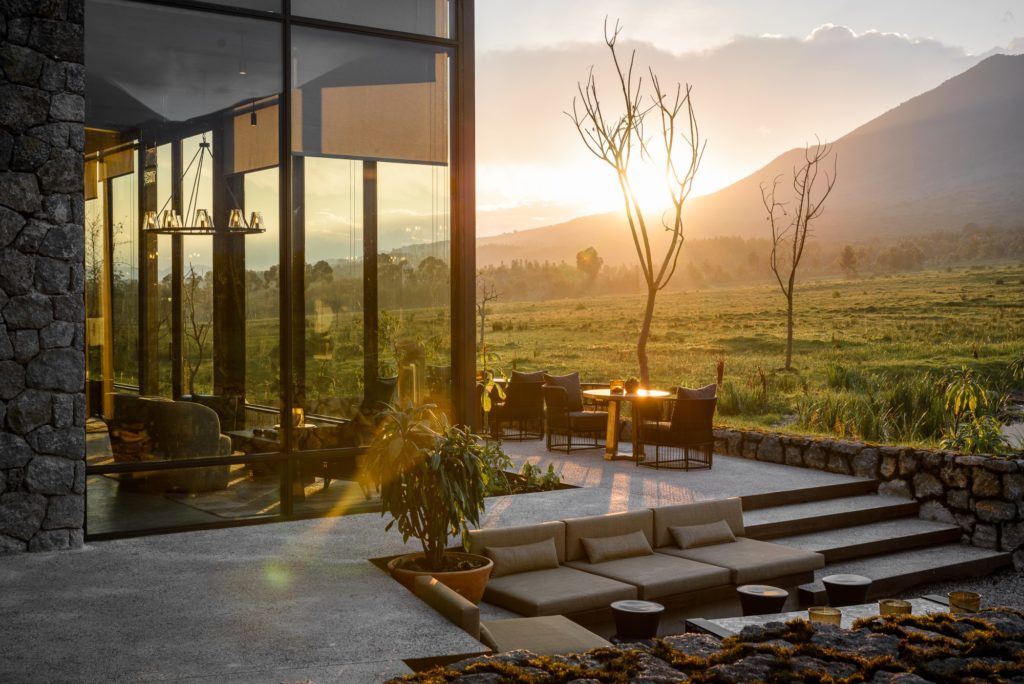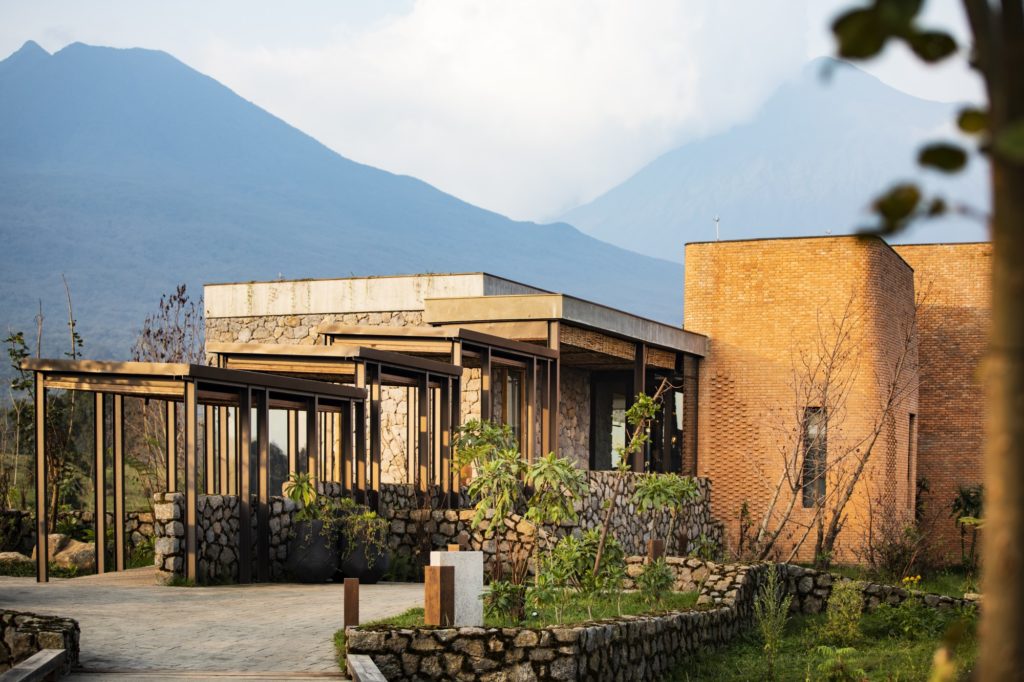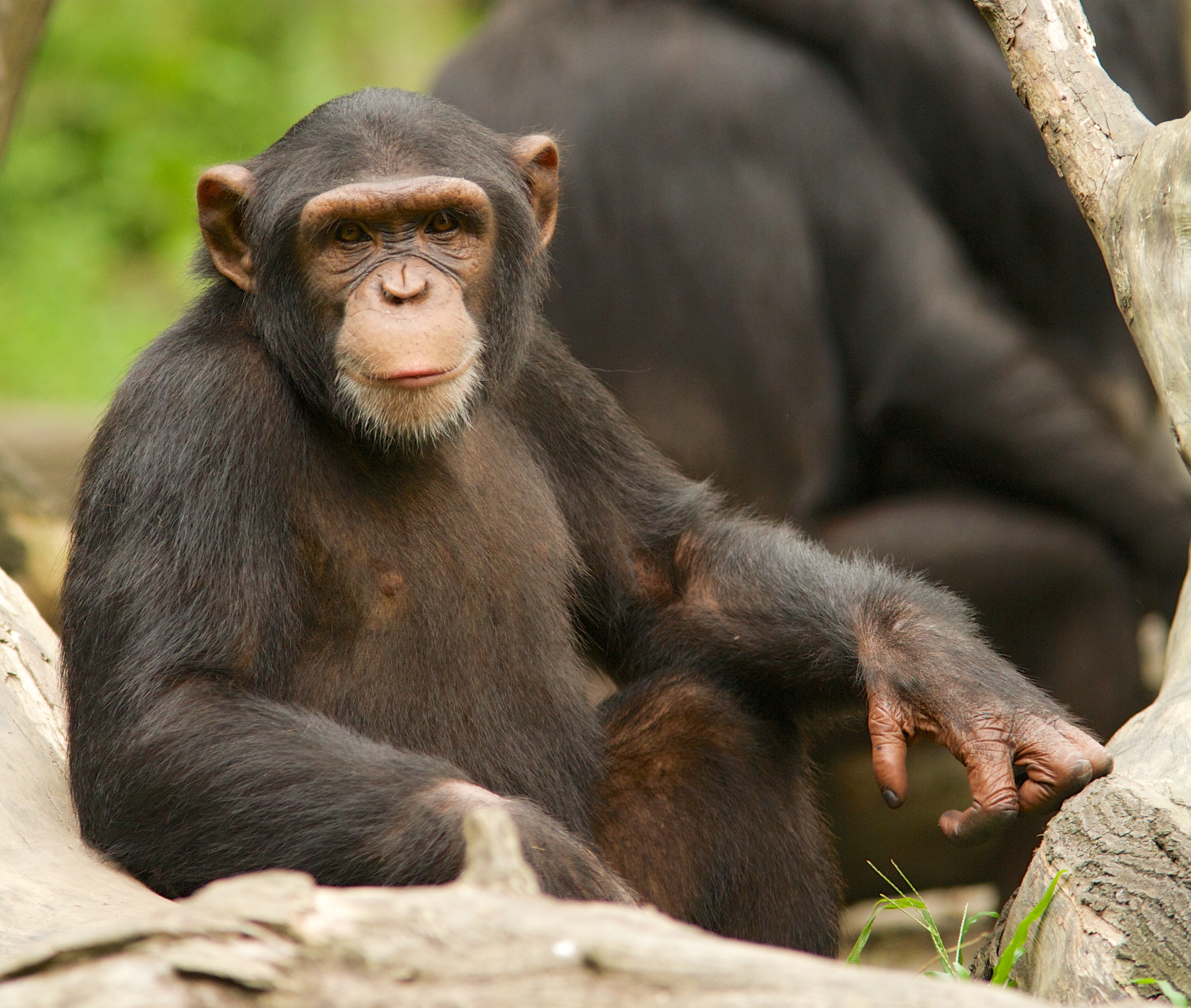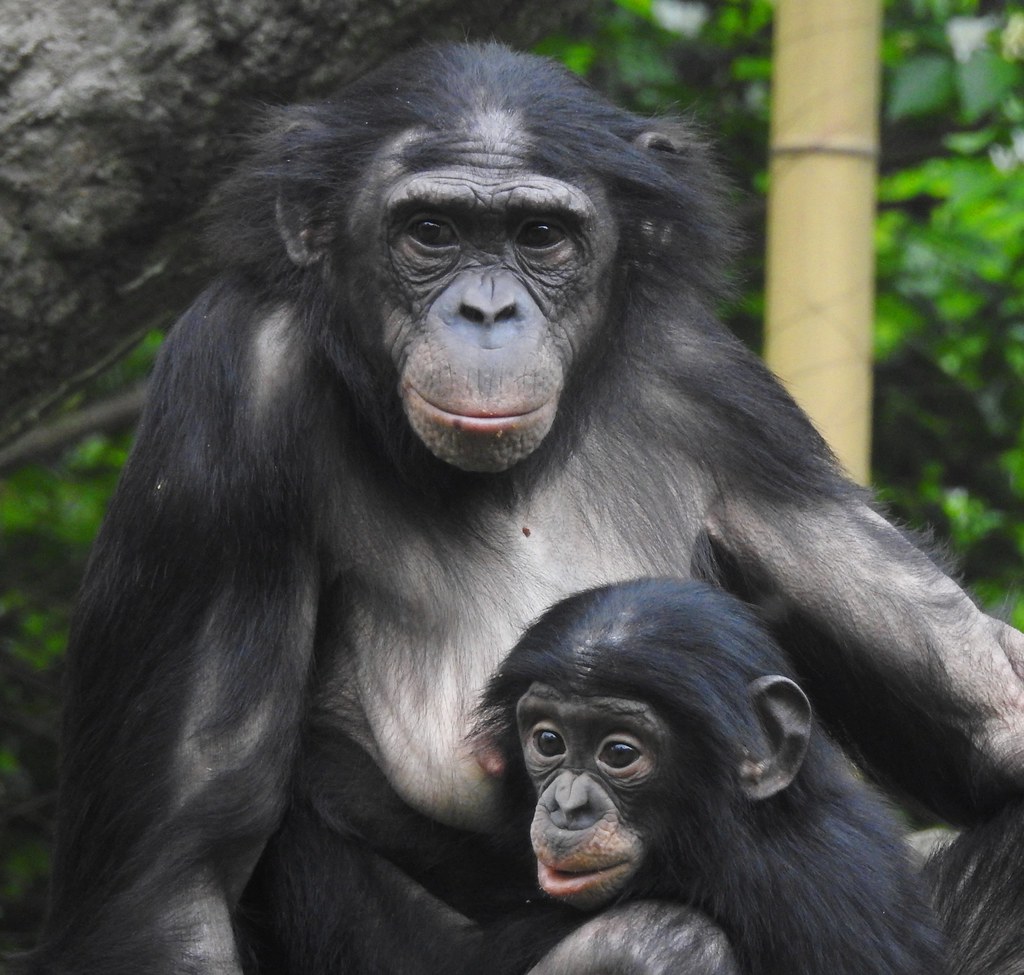Gorilla
For anyone who has watched the scene from Life on Earth – where David Attenborough sits down with Mountain gorillas, the gorilla needs no introduction. Now of course if you go on a trek, you are unlikely to get quite so close (though you never know, the Gorillas have a mind of their own).
What is important, is that if gorilla trekking took off across Africa, then every population of Gorillas would become very valuable. The problem is that through the process of habituation the gorillas loose their fear of humans – it is totally unfair to undertake this process anywhere where the Gorillas might need their fear of humans to avoid poachers – and this still covers way to much of the world.
Below the video, I take each subspecies of Gorilla in turn and discuss how it is doing. Below this, I will try to list places that you can visit the Gorilas. Currently we only have one place on the list, but I hope for this to grow into a complete list, to aid in your future gorilla trekking adventures. If anyone runs a lodge (or knows someone who does) please do get in touch using the List your wild place option at the top of the page.
The cross River gorilla is a critically endangered subspecies of the Western lowland gorilla species. The cross River gorilla are scattered in at least 11 groups across the lowland montane forests and rainforests of Cameroon and Nigeria, an area of 3,000 square miles, or a little smaller than Puerto Rico. There are only 200-300 that remain of this subspecies. While there are some physical traits that are different between these species, the cross River gorilla has become a Highland specialist. Although known to have interbred in the past, genetic analysis suggests this stopped more than 400 years ago. Changes in climate may well have been the catalyst to stop the interbreeding.
In this way, the cross River gorillas and the mountain gorillas have similar habits and ecosystem niches. In this way, it could be suggested that cross River gorillas are simply 50 years behind mountain gorillas in the sense that 40 years ago, there were only around 250 mountain gorillas – this population has increased to over 1000, so clearly it isn’t too late for the cross River gorillas numbers to recover. Could a similar recovery take place? Perhaps following the pattern set up by Diane Fossey for tourism of the mountain gorillas, might work?
Western lowland gorillas have a wild population in a fast healthier position, with an estimated 100,000 remaining. Unfortunately though, this is a very tough estimate as they live in some of the hardest to reach jungles so an accurate count is hard. It is however, thought that this gorilla population has seen a 60% reduction over the last 10-25 years. It is thought that if the pressures of placing and diseases were removed this population would recover in about 75 years (of course these pressures are unlikely to disappear, and with the loss of rainforest there may be nowhere for these gorillas to live if they did recover.
Eastern lowland gorillas are in a fast worse state than their Western counterparts – it is thought that only 5000 remain. It is only found deep in the democratic Republic of the Congo. This subspecies has face precipitous declines and is therefore considered critically endangered.
Mountain gorillas are only found in two reserves, however due to their plates being highlighted by dian fossey, the population spread between these two reserves as clients from around 300 in 1960 to 800-1000 today. There are no mountain gorillas in captivity.
It is unfortunate that there is little positive news on either of these species at the current time, but many people are working on it. However what is clear, is that with all four subspecies of gorilla are threatened with extinction – largely as a result of habitat loss and sweetheart down the African rainforest.
At the moment our only links are to these two luxurious places to stay on a private reserve bordering the Virunga national park. We hope to add many more over time
Chimpanzees and gorillas search each other out – “friends with benefits”
Recent studies have shown that it his highly beneficial to both species when these cross species friendships are made. Indeed, it is not merely a
Chimpanzee and Gorilla seen spending extended periods together in the wild
Chimpanzees and Gorillas share much of the forests of central and Western Africa. It is therefore not surprising that they might meet from time to
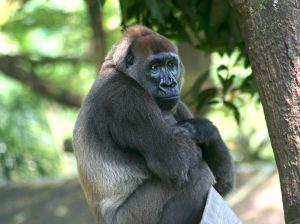
Species Watch: Cross river gorilla and western lowland gorilla
The cross River gorilla (picture above) is a critically endangered subspecies of the Western lowland gorilla species. The cross River gorilla are scattered in at
Are the days of the Nigerian gorilla numbered?
Nigeria was once a wildlife rich country. Unfortunately as a country whose population has soared over the last few decades much of the wilderness has
A tiny reserve in Nigeria has been shown to be full of wildlife
Afi mountain wildlife Sanctuary is tiny, covering only 38.6 square miles, yet analysis has shown that this reserve has a whole host of wildlife.
Gains in the Virunga national park of the DRC are encouraging but threats continue
For the last 3 years there has been a significant baby boom in the forests of the Virungas. This is highly encouraging for the long

